When did linseed become flax? I often get startled looks when I call those little beggars in the Red River Cereal linseed, but I sure wouldn’t dare call the oil version by that name, because we know linseed oil as a furniture polish, traditional oil for cricket bats, and paint solvent, not as the trendy and expensive wonder-supplement we call flax seed oil.
The source of all this is a plant whose full and proper name is Linum usitatissimum, as we might have guessed by the names of other of its products, linoleum and linen for example. It is also grown as an ornamental plant in gardens, its sky blue flowers opening only in the morning. Other uses include dye, paper, medicines, poultices, fishing nets and soap, as well as a handy plug for drains (wrap it up first though eh?). If you’re not keen on sardines or cold water/oily fish, ground flax seed or flax seed oil are particularly good sources of Omega-3. It’s not something I’ve seen used as a central ingredient in cooking – its flavour is pretty nondescript – but you can add it for nutritional and/or decorative reasons to a number of baked goods, soups, grains etc.
I was leafing through my new copy of PN Review which includes a review of the University of Chicago’s recent exhibition The Making of Modern Poetry. The show’s over now, and on the wrong side of this continent, but I liked the reported response by John Ashbery to an acceptance by a literary magazine of his poem Europe, exclaining it was “the best news since the Treaty of Utrecht“.
In my wanderings on the U of Chicago site looking for information on the exhibition, I encountered Poem Present, where you can, if you have QuickTime or an MP3 player, hear and view past readings, including a reading and lecture by Robert Creeley who visited the university the year before he died. What a wonderful world.

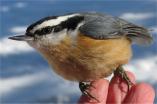
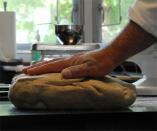


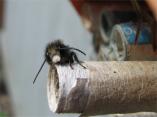

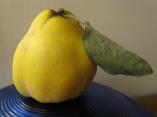
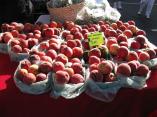

0 Responses to Flax, linseed and poetry in Chicago